Caregivers are essential in supporting individuals who cannot care for themselves due to illness, disability, or aging. At Personally Delivered, we recognize caregivers’ importance and challenges in their daily responsibilities. This article discusses what caregivers do and how they significantly contribute to their loved ones’ or another individual’s well-being.
Understanding the Role of a Caregiver
Being a caregiver involves a variety of responsibilities and duties essential for providing quality care and support. Here are key areas where caregivers offer invaluable assistance:
Assisting with personal care
Caregivers can help with personal hygiene activities such as bathing, dressing, grooming, and toileting to ensure comfort and dignity.
Administering medication
Another critical responsibility of a caregiver can be managing and administering medications according to prescribed schedules, ensuring proper dosage, and monitoring for side effects or interactions.
Providing emotional support
Creating a compassionate and supportive environment, offering companionship, active listening, and empathy to alleviate loneliness, anxiety, or depression is often an essential role of a caregiver.
Assisting with household tasks
Caregivers often handle tasks like meal preparation, light housekeeping, laundry, running errands, and grocery shopping to ensure a comfortable and organized living environment.
Effective caregiving requires unique qualities such as:
Compassion
Caregivers must have a genuine concern for the well-being of those they assist.
Patience
Understanding that tasks may take longer and individuals need time to communicate their needs is another essential quality a caregiver should have.
Empathy
They should also be able to understand and share the feelings of others.
Flexibility
Adapting to handle unexpected situations or changes in routine is also a critical skill for caregivers.
At Personally Delivered, we understand the significance of caregivers and their contributions. We offer various products and supplies to aid caregivers in their daily responsibilities. From incontinence products to mobility aids, our goal is to provide caregivers with the tools they need to enhance the care and well-being of their loved ones. Please explore our website to discover our selection of caregiver-friendly products.
Challenges Faced by Caregivers
Caregivers provide vital support and assistance, but their role comes with challenges that can impact their emotional and physical well-being.
One significant challenge is the emotional and physical strain caregiving imposes. The demands can lead to increased stress levels and potential burnout. Witnessing the struggles of loved ones and bearing the responsibility for their care can take an emotional toll. Physical tasks such as lifting, bathing, and assisting with mobility can also be exhausting.
Balancing personal responsibilities with caregiving duties is another challenge. Many caregivers juggle work, family, and personal commitments while providing care, leaving little time for self-care or personal interests.
Another challenge is dealing with challenging behaviors, such as aggression, agitation, or resistance to care. Handling these behaviors requires patience, understanding, and effective communication strategies.
Seeking support and practicing self-care are crucial for caregivers to maintain their well-being. Reaching out for help from family, friends, or support groups, taking breaks, engaging in enjoyable activities, and prioritizing self-care are essential to prevent burnout.
At Personally Delivered, we recognize caregivers’ challenges and are dedicated to providing the products and support they need. Our range of caregiving supplies and resources aims to make their journey a little easier. We are here to support caregivers every step of the way.

Resources and Support for Caregivers
Caregiving can be both rewarding and challenging. Caregivers need access to resources and support to help them in their role. Whether you are a family caregiver or a professional, here are some valuable resources:
Finding local caregiver support groups
Connecting with others experiencing similar situations provides a sense of community and understanding. Local support groups offer a safe space to share feelings, exchange advice, and gain emotional support. These groups can be found through community centers, hospitals, or caregiving organizations.
Utilizing technology for caregiving
Technology advancements offer tools and resources to simplify caregiving tasks. Technology helps caregivers stay organized, track health conditions, from medication management apps to remote monitoring devices, and communicate more effectively with healthcare professionals.
Financial assistance options
Several options are available to caregivers, including government programs like Medicaid or Veterans Affairs benefits and non-profit organizations that provide grants or financial support for specific caregiving needs.
Accessing respite care services
Respite care provides temporary relief by offering professional caregivers who can step in while you take a break. These services are available through home care agencies, senior care centers, or government programs.
Here is a quick list of valuable programs and organizations that offer support:
Remember, as a caregiver, it is essential to prioritize your well-being. Seeking support and utilizing available resources can make your caregiving journey more manageable and fulfilling.
Top-Selling Home Delivery Medical Supplies
Disclaimer: Important Notice Regarding Medical Advice
The information provided in this blog is intended for general informational purposes only and should not be considered a substitute for professional medical advice, diagnosis, or treatment.



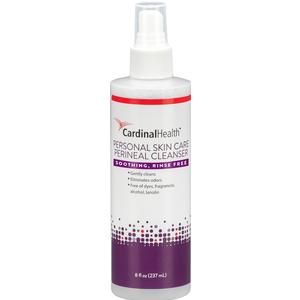



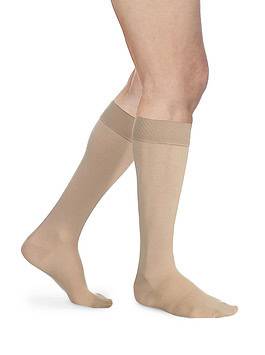
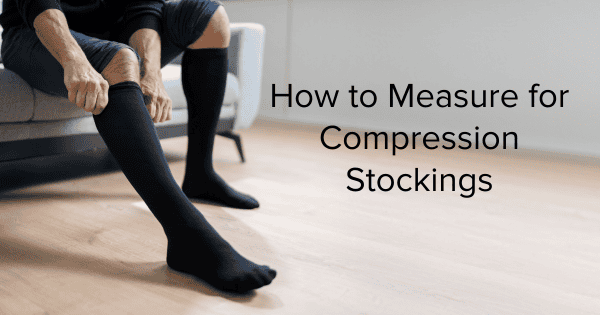
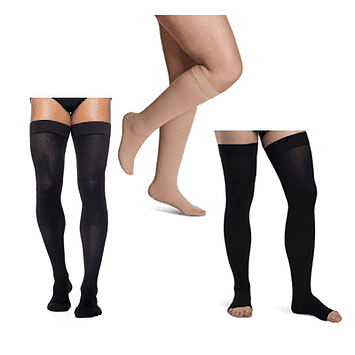
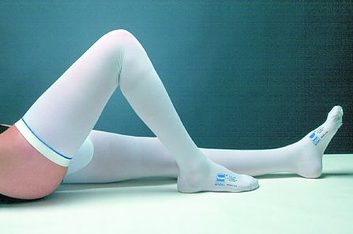
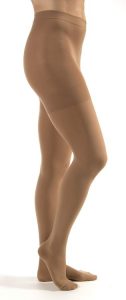
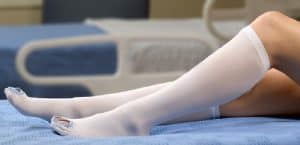
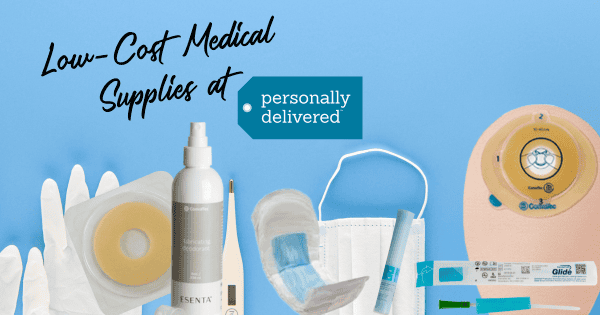

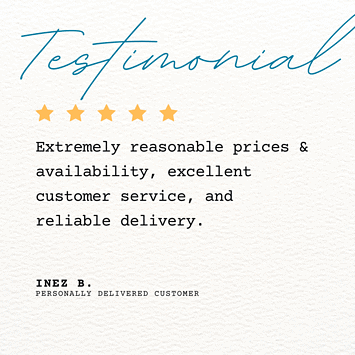
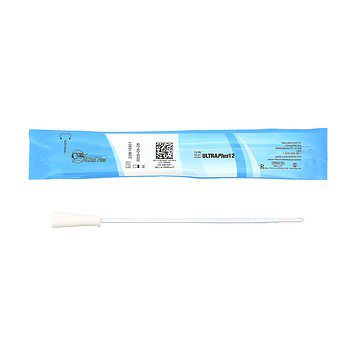
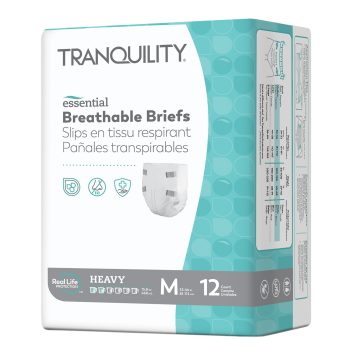
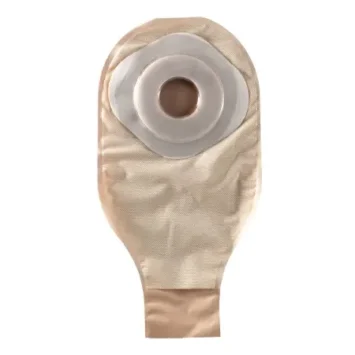
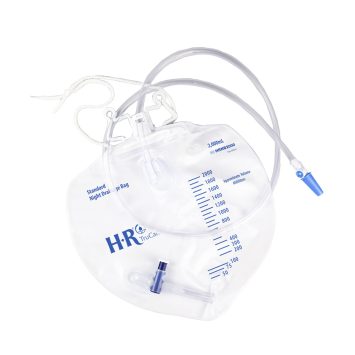

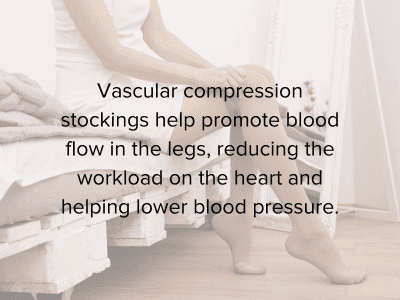
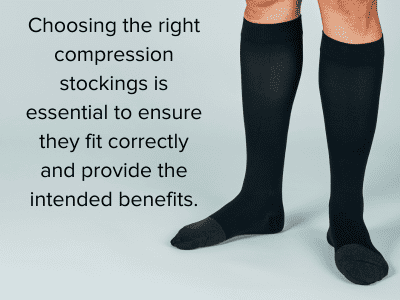
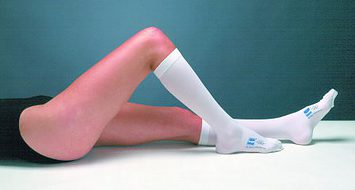
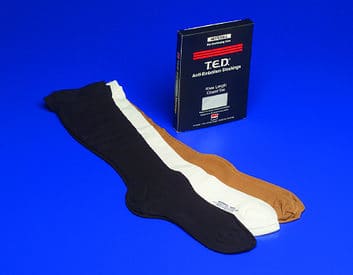

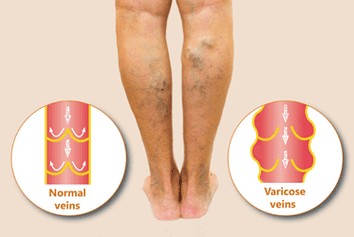
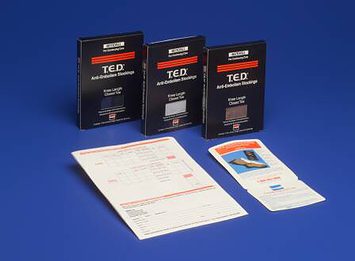

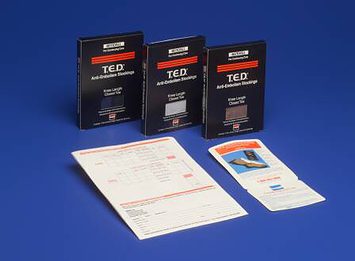




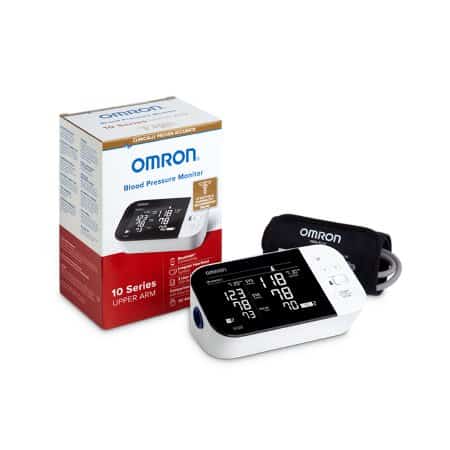







 Pillows help position your body so that you can rest and sleep comfortably during recovery. Some plastic surgery procedures like breast surgery won’t allow you to sleep on your sides for an extended period. Having a couple of body pillows on each side can help you stay in place throughout the night without worrying about accidentally turning onto your side.
Pillows help position your body so that you can rest and sleep comfortably during recovery. Some plastic surgery procedures like breast surgery won’t allow you to sleep on your sides for an extended period. Having a couple of body pillows on each side can help you stay in place throughout the night without worrying about accidentally turning onto your side.

 You can also benefit by being well-stocked on wound care supplies such as
You can also benefit by being well-stocked on wound care supplies such as 

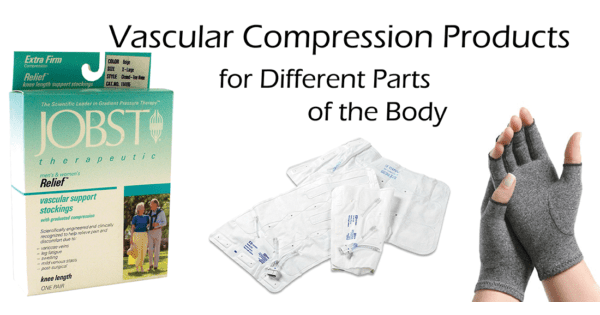
 Offered in open- or closed-toe, knee- or thigh-high, and a multitude of colors and designs, vascular compression stockings are used by those of all ages, shapes, and sizes. These garments aim to increase the blood flow in the lower extremities such as the calf, shin, and hamstring. They may also help reduce swelling and pain. Plus, they may work to prevent varicose veins and deep vein thrombosis (DVT). DVT is when a blood clot forms deep in the leg that can potentially lead to an embolism if that clot breaks loose and travels throughout the body, eventually getting stuck somewhere dangerous. Vascular compression stockings help the arteries to relax causing more oxygen to reach the muscles and the veins to circulate blood to and from the heart more effectively.
Offered in open- or closed-toe, knee- or thigh-high, and a multitude of colors and designs, vascular compression stockings are used by those of all ages, shapes, and sizes. These garments aim to increase the blood flow in the lower extremities such as the calf, shin, and hamstring. They may also help reduce swelling and pain. Plus, they may work to prevent varicose veins and deep vein thrombosis (DVT). DVT is when a blood clot forms deep in the leg that can potentially lead to an embolism if that clot breaks loose and travels throughout the body, eventually getting stuck somewhere dangerous. Vascular compression stockings help the arteries to relax causing more oxygen to reach the muscles and the veins to circulate blood to and from the heart more effectively. When the knee is sprained or strained, swelling and irritation can occur. With gentle compression from a product such as the
When the knee is sprained or strained, swelling and irritation can occur. With gentle compression from a product such as the  The hand is made up of about 30 bones, over 100 ligaments, approximately 48 nerves, and 30 arteries. In the digital age, we are living in, who isn’t using their hand every minute of the day. Whether we are typing on the computer, texting on our phones, using a gaming controller, or pushing the buttons on the remote, we are constantly using the muscles of the hand. Because of this, many are developing arthritis, Carpal Tunnel Syndrome, and tendonitis, just to name a few. When a joint in the hand becomes swollen and tender, everyday activities can be uncomfortable resulting in stiffness and pain. Compression garments such as the
The hand is made up of about 30 bones, over 100 ligaments, approximately 48 nerves, and 30 arteries. In the digital age, we are living in, who isn’t using their hand every minute of the day. Whether we are typing on the computer, texting on our phones, using a gaming controller, or pushing the buttons on the remote, we are constantly using the muscles of the hand. Because of this, many are developing arthritis, Carpal Tunnel Syndrome, and tendonitis, just to name a few. When a joint in the hand becomes swollen and tender, everyday activities can be uncomfortable resulting in stiffness and pain. Compression garments such as the  One of the most common reasons compression garments are used on the feet is to treat a condition called plantar fasciitis. Plantar fasciitis occurs when the plantar fascia (the tissue that connects the heel to the toes) is injured leading to heel pain and inflammation. When compression is applied to the foot such as with the
One of the most common reasons compression garments are used on the feet is to treat a condition called plantar fasciitis. Plantar fasciitis occurs when the plantar fascia (the tissue that connects the heel to the toes) is injured leading to heel pain and inflammation. When compression is applied to the foot such as with the  After undergoing reconstructive surgery, a biopsy, or breast augmentation, women often leave the hospital with a compression bra such as the
After undergoing reconstructive surgery, a biopsy, or breast augmentation, women often leave the hospital with a compression bra such as the  After undergoing post-natal or abdominal surgery, the stomach muscles can become weakened or strained. A compression product like the
After undergoing post-natal or abdominal surgery, the stomach muscles can become weakened or strained. A compression product like the 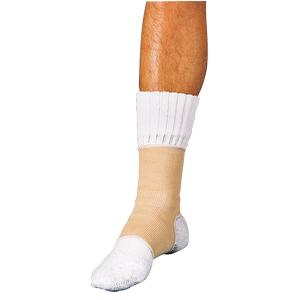
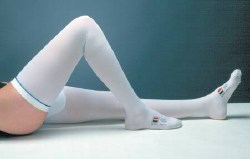
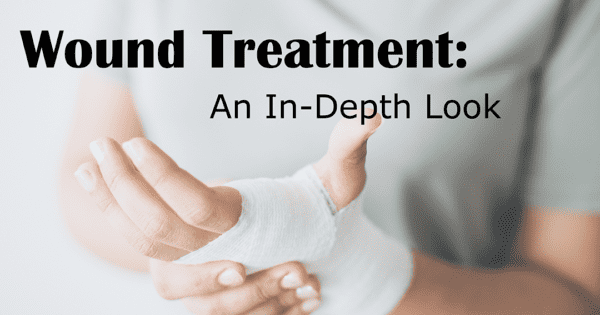

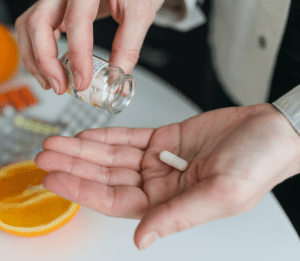


 Applying a topical wound treatment can ease some of the pain that is often associated with wounds. A wound treatment product that contains aloe such as Cardinal Health’s
Applying a topical wound treatment can ease some of the pain that is often associated with wounds. A wound treatment product that contains aloe such as Cardinal Health’s 
